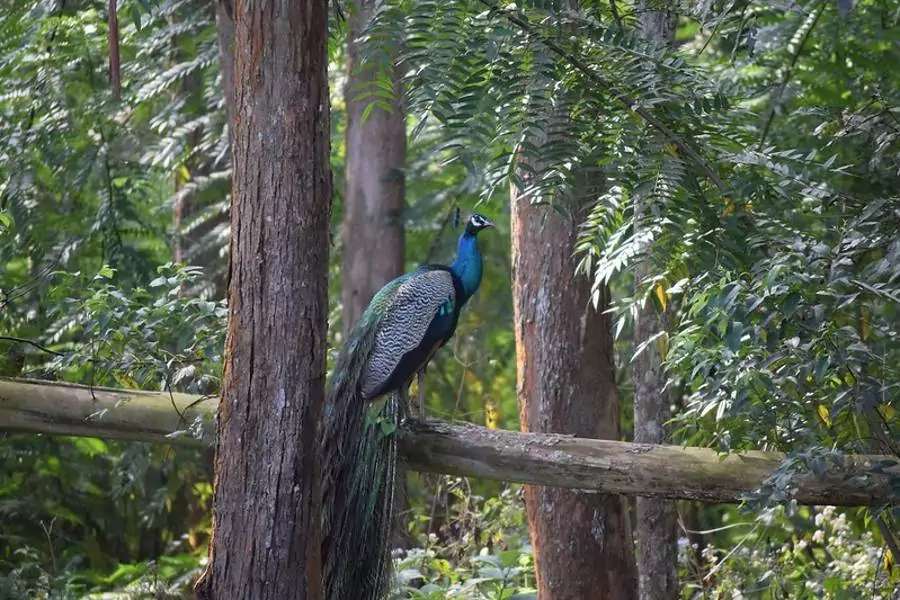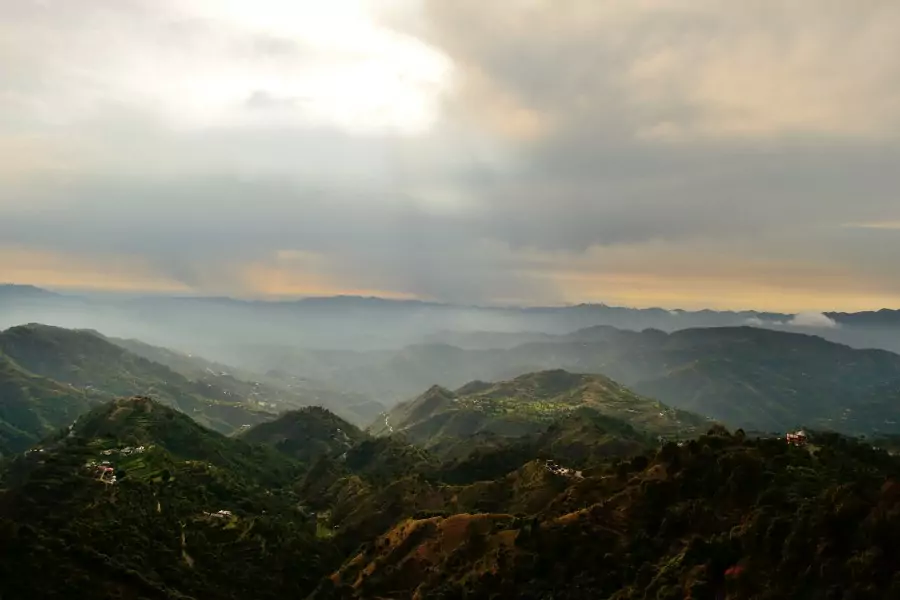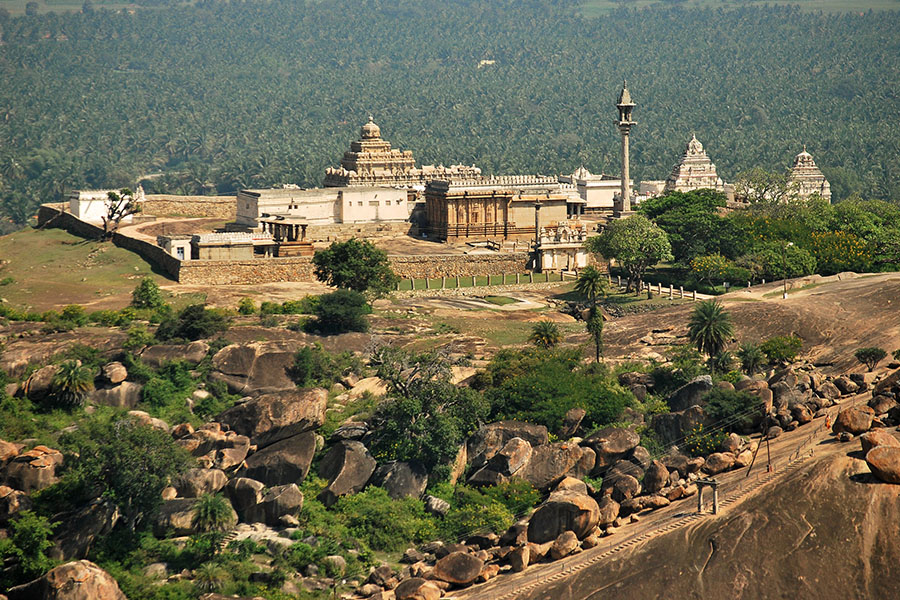Kuruva Island – Top Attractions, Fees, Things to Carry, Itinerary

Kuruva Island, a hidden gem nestled in the heart of Kerala, is a paradise for nature lovers and adventure seekers alike. This pristine island, located in the Kabini River, offers a serene escape from the hustle and bustle of city life. With its lush greenery, diverse wildlife, and tranquil surroundings, Kuruva Island is the perfect destination for anyone looking to reconnect with nature.
Introduction
Kuruva Island is a cluster of islets situated in the Kabini River, within the Wayanad district of Kerala. Spanning around 950 acres, this lush green paradise is a protected river delta, renowned for its rich biodiversity. The island is uninhabited, ensuring that its natural beauty remains undisturbed by human activities. Kuruva Island is a tranquil retreat, offering visitors a unique opportunity to experience the untouched beauty of nature.
Location and Overview
Located approximately 17 kilometers from Mananthavady, Kuruva Island is easily accessible from major towns in Wayanad. The island’s isolation has allowed it to maintain its pristine condition, making it a haven for various species of flora and fauna. The dense forests, crisscrossed by rivulets, provide an ideal habitat for a wide range of plants and animals. Visitors can explore the island’s natural beauty through guided walks, bird watching, and adventurous bamboo rafting.
Historical Significance
Though Kuruva Island is primarily known for its natural beauty, it also holds cultural and historical significance. The island is considered sacred by the local tribes, who have lived in harmony with nature for centuries. Their customs, beliefs, and traditions are deeply intertwined with the island’s ecosystem, making it a place of both ecological and cultural importance.
How to Reach Kuruva Island
By Air
The nearest airport to Kuruva Island is Calicut International Airport, located approximately 120 kilometers away. From the airport, visitors can hire a taxi or take a bus to reach the island. The journey offers picturesque views of Kerala’s landscapes, making the trip an enjoyable part of the adventure.
By Train
The closest railway station to Kuruva Island is Kozhikode (Calicut) Railway Station, around 100 kilometers from the island. From here, visitors can take a taxi or bus to Mananthavady, and then proceed to Kuruva Island. The train journey through Kerala’s countryside is a treat for the eyes, with rolling hills, lush greenery, and serene water bodies.
By Road
Kuruva Island is well-connected by road to major cities and towns in Kerala. Regular bus services operate from nearby towns like Kalpetta, Sulthan Bathery, and Mananthavady. Visitors can also drive to the island, enjoying the scenic routes that wind through the Western Ghats.
Best Time to Visit Kuruva Island
Seasonal Highlights
The best time to visit Kuruva Island is during the post-monsoon season, from October to May. During this period, the weather is pleasant, and the island is lush and green, with the river flowing gently. The post-monsoon season also brings a burst of life to the island, with blooming flowers and abundant wildlife.
Weather Considerations
While Kuruva Island can be visited year-round, it is advisable to avoid the monsoon season (June to September) when the river swells and access to the island may be restricted due to flooding. The summer months (March to May) can be hot and humid, so visitors should be prepared for the tropical climate.
Top Attractions on Kuruva Island

Scenic Nature Walks
One of the main attractions of Kuruva Island is its scenic nature walks. The island is crisscrossed by trails that take visitors through dense forests, bamboo groves, and along the riverbanks. These walks offer a chance to immerse yourself in nature, with the sounds of chirping birds and rustling leaves providing a soothing backdrop.
Bird Watching
Kuruva Island is a bird watcher’s paradise, with over 200 species of birds found in the area. The island’s diverse habitats, including wetlands, forests, and grasslands, attract a wide variety of birds, making it an ideal spot for bird watching. Visitors can spot species like the Malabar Grey Hornbill, Indian Pitta, and the White-bellied Treepie, among others.
Bamboo Rafting

For those seeking a bit of adventure, bamboo rafting on the Kabini River is a must-try activity. The rafts, made from bamboo poles, offer a unique way to explore the island’s waterways. As you glide along the river, you can enjoy the tranquil surroundings and catch glimpses of the island’s wildlife.
Flora and Fauna of Kuruva Island
Unique Plant Species
Kuruva Island is home to a wide variety of plant species, many of which are endemic to the region. The island’s rich soil and diverse habitats support a range of vegetation, from towering trees to delicate orchids. The dense forests are filled with medicinal plants, bamboo groves, and wildflowers, making it a botanist’s delight.
Wildlife Diversity
The island’s wildlife is equally impressive, with several species of mammals, reptiles, and amphibians calling Kuruva Island home. Visitors may spot animals like the Indian Giant Squirrel, various species of deer, and even the elusive civet. The island is also home to several species of butterflies and insects, adding to its rich biodiversity.
Adventure Activities on Kuruva Island
Trekking Trails
Kuruva Island offers several trekking trails that cater to different levels of fitness and experience. Whether you’re a seasoned trekker or a beginner, you’ll find a trail that suits you. The treks take you through the island’s forests, offering stunning views of the river and the surrounding landscape.
River Crossings
For those looking for a bit more excitement, river crossings are an adventurous way to explore the island. Several shallow sections of the river allow for wading or crossing with the help of ropes or bamboo poles. These crossings add an element of thrill to your visit, making it a memorable experience.
Nature Photography
Kuruva Island is a photographer’s paradise, with its stunning landscapes, diverse wildlife, and vibrant plant life. Whether you’re a professional photographer or just enjoy capturing nature’s beauty, you’ll find plenty of opportunities to take breathtaking shots on the island.
Cultural and Ecological Importance
Local Tribes and Traditions
Kuruva Island holds a special place in the hearts of the local tribal communities, who have lived in harmony with nature for generations. The island is considered sacred, and the tribes have developed unique traditions and practices that are deeply connected to the land. Visitors can learn about these traditions and gain a deeper understanding of the island’s cultural significance.
Conservation Efforts
Due to its ecological importance, Kuruva Island is a protected area, and several conservation efforts are in place to preserve its natural beauty. Visitors are encouraged to follow responsible tourism practices, such as not littering, staying on designated trails, and respecting the local wildlife. These efforts help ensure that the island remains a pristine haven for future generations.
Accommodation Options Near Kuruva Island
Resorts and Homestays
Several resorts and homestays are available near Kuruva Island, offering comfortable accommodation for visitors. These options range from luxury resorts to budget-friendly homestays, providing something for every type of traveler.
Camping Facilities
For those who prefer a more immersive experience, camping near Kuruva Island is a great option. Several campsites are available in the surrounding areas, offering a chance to sleep under the stars and wake up to the sounds of nature.
Local Cuisine to Try
Traditional Kerala Dishes
A visit to Kerala wouldn’t be complete without trying the local cuisine. Near Kuruva Island, you can find a variety of traditional Kerala dishes, such as appam, puttu, and Kerala-style fish curry. These dishes are often prepared using fresh, locally sourced ingredients, making them a true taste of the region.
Dining Options Nearby
Several small restaurants and eateries can be found near Kuruva Island, offering both local and international cuisine. Whether you’re in the mood for a hearty meal or a light snack, you’ll find plenty of options to satisfy your cravings.
Safety Tips for Visitors
While Kuruva Island is a peaceful and serene destination, it’s essential to be cautious during your visit. The island’s dense forests and river crossings can be tricky, so it’s crucial to follow the designated trails and listen to the guidance provided by local guides. Always keep an eye on the river levels, especially during the monsoon season when water levels can rise unexpectedly.
Wildlife Awareness
Kuruva Island is home to diverse wildlife, so it’s important to respect their space. Avoid feeding animals or disturbing them in their natural habitat. Keep a safe distance from wildlife, and if you encounter any animals, stay calm and do not attempt to approach or provoke them. Carrying a good pair of binoculars can enhance your experience, allowing you to observe wildlife from a safe distance.
Eco-Friendly Travel Tips
Responsible Tourism
When visiting Kuruva Island, it’s important to practice responsible tourism. Avoid littering on the island, and dispose of any waste in designated bins. Respect the local environment by not damaging plants or disturbing the natural surroundings. By being mindful of your actions, you can help preserve the island’s pristine beauty for future visitors.
Waste Management Practices
If you’re bringing food or drinks onto the island, make sure to pack out what you pack in. Carry reusable water bottles and containers to reduce plastic waste. The island has limited waste disposal facilities, so taking your trash with you is a simple yet impactful way to contribute to its preservation.
Things to Carry When Visiting
Essential Gear
When planning a trip to Kuruva Island, packing the right gear is crucial for a comfortable experience. Essentials include sturdy walking shoes, a hat or cap for sun protection, and a backpack to carry your belongings. Don’t forget to bring insect repellent, as the island’s dense forests can attract mosquitoes and other insects.
Personal Care Items
Given the island’s tropical climate, it’s a good idea to carry sunscreen, sunglasses, and a water bottle to stay hydrated. If you plan on swimming or participating in water activities, bring a change of clothes and a towel. Be prepared for occasional rain showers by packing a light rain jacket or poncho.
Nearby Attractions to Explore
Wayanad Wildlife Sanctuary

Located just a short distance from Kuruva Island, the Wayanad Wildlife Sanctuary is a must-visit for nature lovers. The sanctuary is home to a variety of wildlife, including elephants, tigers, leopards, and numerous bird species. Visitors can embark on safaris and guided tours to explore the sanctuary’s diverse ecosystems.
Edakkal Caves

Another nearby attraction worth exploring is the Edakkal Caves. These ancient caves are known for their prehistoric rock carvings, which date back over 5,000 years. The caves offer a fascinating glimpse into the region’s history and provide a unique contrast to the natural beauty of Kuruva Island.
Travel Itinerary Suggestions
One-Day Trip Plan
If you’re short on time, a one-day trip to Kuruva Island is still feasible. Start your day early by arriving at the island and embarking on a nature walk or bamboo rafting adventure. Afterward, enjoy a leisurely lunch at a nearby restaurant before spending the afternoon bird-watching or exploring the island’s trails. End the day with a relaxing drive back to your accommodation.
Two-Day Itinerary
For those looking to fully immerse themselves in the island’s beauty, a two-day itinerary is ideal. On the first day, explore the island’s trails and participate in bamboo rafting. In the evening, check into a nearby homestay or resort and enjoy a traditional Kerala dinner. On the second day, visit nearby attractions like the Wayanad Wildlife Sanctuary or the Edakkal Caves before heading back.
Conclusion
Kuruva Island is a hidden treasure in Kerala that offers an unparalleled blend of natural beauty, adventure, and tranquility. From its diverse wildlife and lush greenery to the thrilling activities and cultural significance, this island is a must-visit for anyone seeking a unique getaway. Whether you’re a solo traveler, a family with kids, or an adventure enthusiast, Kuruva Island has something to offer everyone.
The island not only provides a peaceful retreat but also an opportunity to connect with nature in its purest form. Its isolation from urban life ensures that visitors can truly relax and unwind, leaving behind the stress and noise of everyday life. So, pack your bags, leave your worries behind, and embark on an unforgettable journey to Kuruva Island.
FAQs
1. Best Time to Visit Kuruva Island?
The best time to visit Kuruva Island is from October to May when the weather is pleasant, and the river is calm. It’s advisable to avoid visiting during the monsoon season (June to September) due to potential flooding.
2. Is Kuruva Island Safe for Solo Travelers?
Yes, Kuruva Island is safe for solo travelers. However, it’s recommended to join guided tours or group activities, especially when trekking or rafting, to ensure safety.
3. What Are the Entry Fees?
The entry fee to Kuruva Island varies but typically ranges from INR 80 to INR 150 for adults. Additional charges may apply for activities like bamboo rafting.
4. Are Guided Tours Available?
Yes, guided tours are available on Kuruva Island. Local guides offer insights into the island’s flora, fauna, and cultural significance, enriching your experience.
5. Can Families with Children Visit Kuruva Island?
Absolutely! Kuruva Island is a family-friendly destination. Children can enjoy nature walks, bird-watching, and safe water activities like bamboo rafting.


